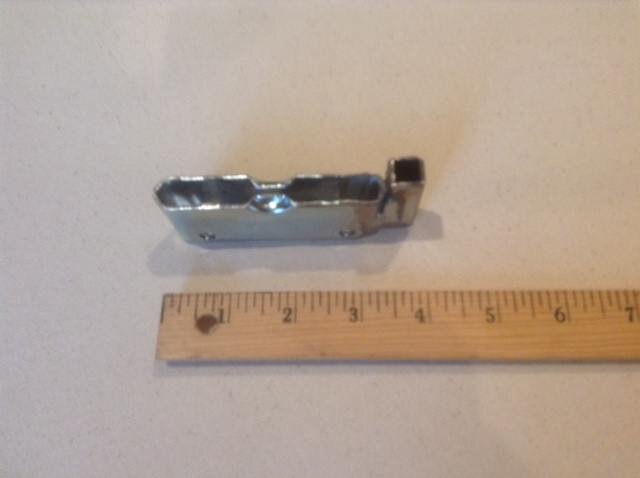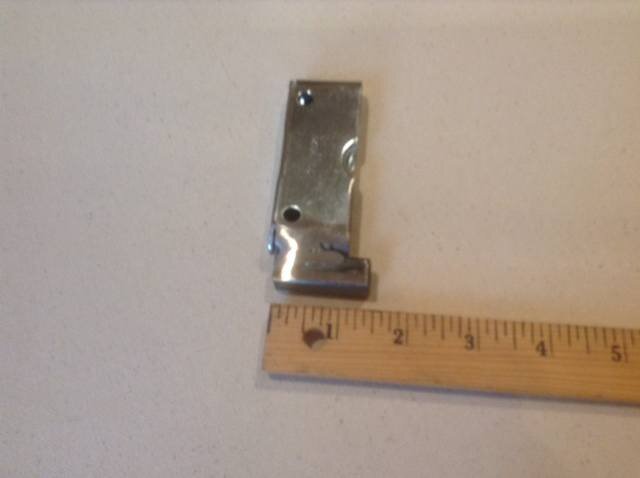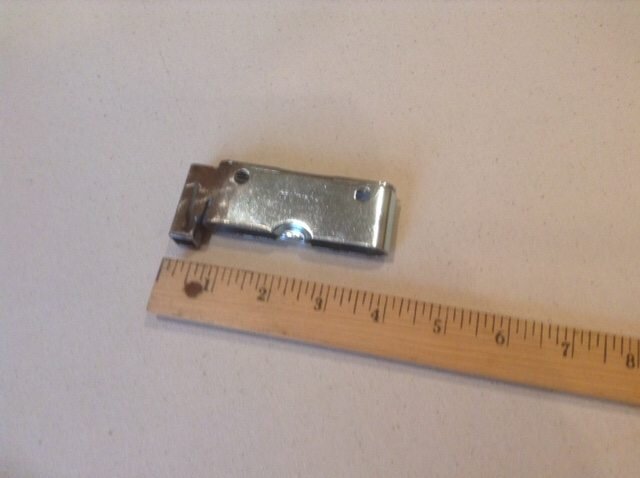bobgaggle
Well-Known Member
Anyone know the thread size on a stage screw? Looks ACME to me, no idea if its standard or some proprietary or obsolete thread...
Interesting question. Mutual Hardware calls it "Vise-type thread" and when I googled that, the answer seemed to be no standard. The thread seems somewhat trapezoidal in section, and I think acme is very rectilinear.
Got it. Seems like a tough request.
Is it that difficult to replace insert? IIRC 5/16"- 18 inserts used 1/2" paddle bit (filed a little so you could drive insert with it) so maybe a 3/8" -16" uses a 9/16" hole - same as Mutual Hardware's Stage Screw. Just a thought.
@bobgaggle Two thoughts:The long answer is that we use standard stage screws everywhere on these cruise ships, everything has to be screwed/braked/locked down because boats have a tendency to not stay still. We're building a new show, and had most of a scenic unit already built, when we were told it needed to break down for storage on board. Luckily it had already been designed to break for shipping, but the plan was to assemble it once on board with standard hex bolts and nylocks and be done with it. Now that it needs to be assembled and disassembled for every performance, we wanted to switch to stage screws since the threads on both the screw and insert are far more robust and can withstand more abuse than a standard thread. The two bits getting fastened together are a 1x1 aluminum framed flat and a plywood decked wagon. We want to put the plug in the deck and screw down through the aluminum, but alas, the aluminum is 1" thick and the screw has a 1" thread length. I hoped I could just buy a longer screw rather than modifying the already built set piece.
As an aside, we've since come up with a different solution, add a little tab with a hole in it.



We use essential cookies to make this site work, and optional cookies to enhance your experience.

